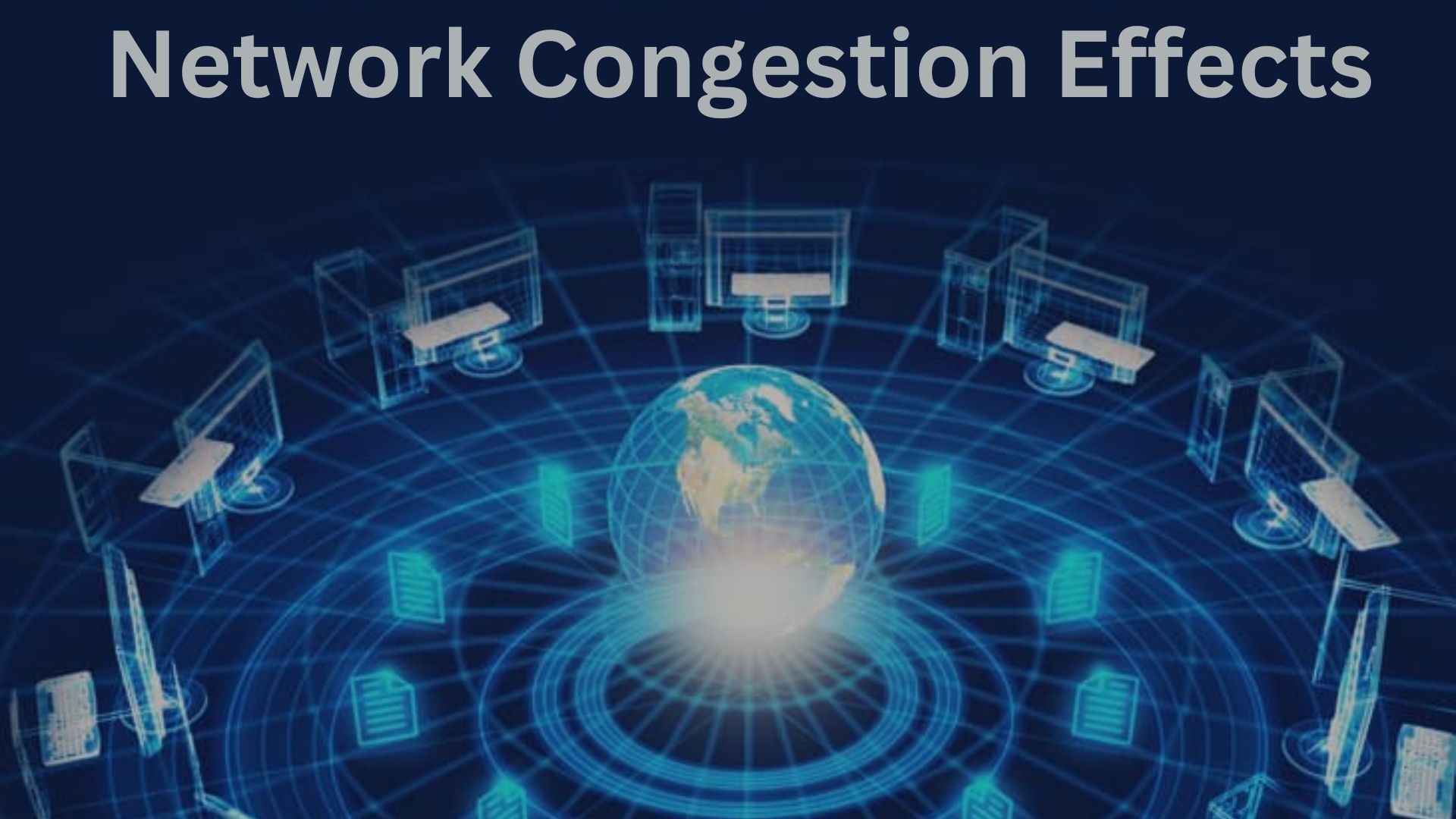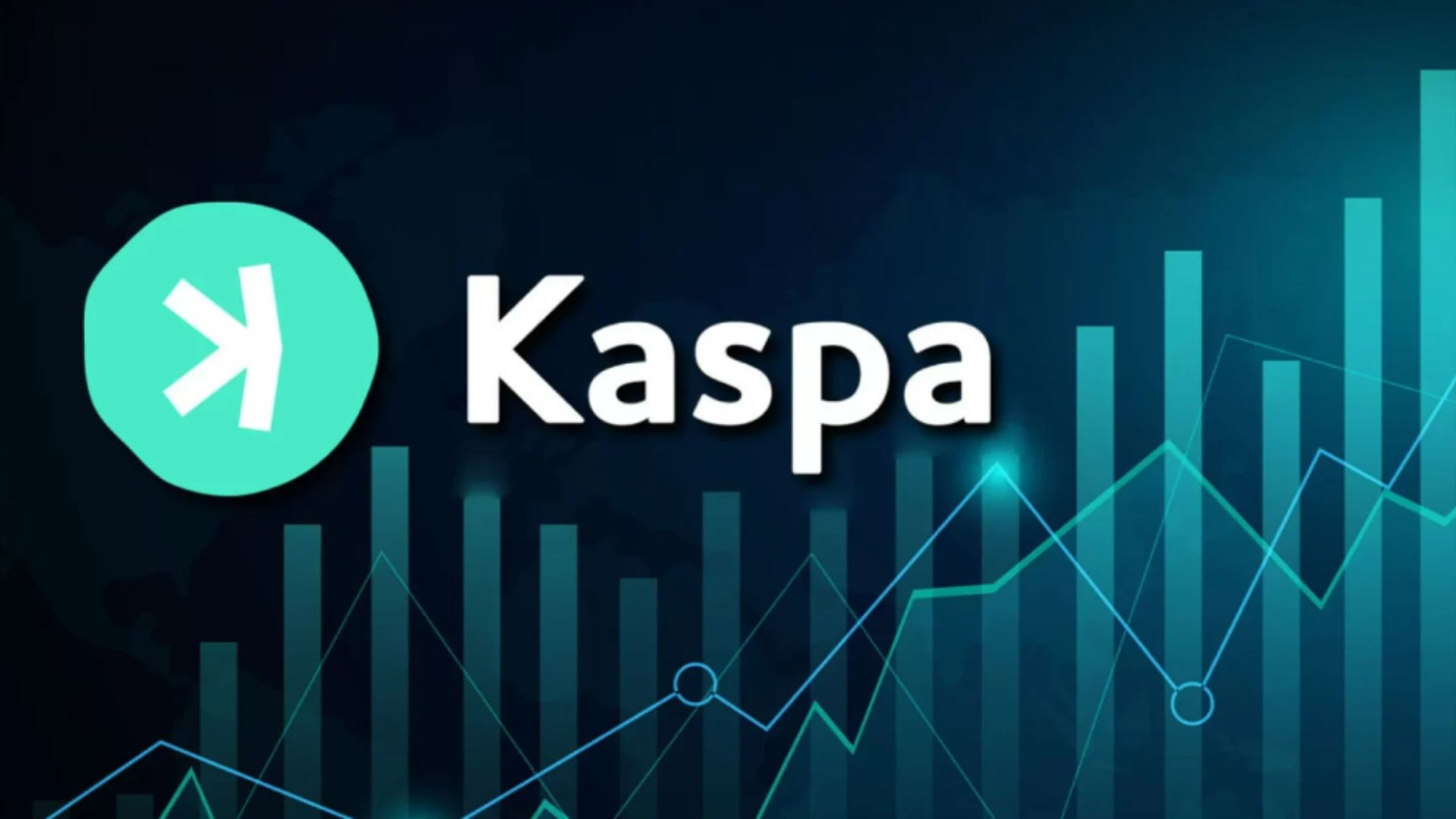Blockchain Network Congestion: The Complete Overview

Understanding Blockchain Network Congestion
Processing delays are known as network congestion when the volume of transactions on a blockchain surpasses its capacity. Blockchains become overloaded when the number of transactions waiting to be processed exceeds capacity. The time needed to build a new block and the limited size of existing blocks are the reasons behind this problem. When the number of transactions surpasses the network’s ability to confirm them rapidly, user processing times are impacted, and transactions are delayed. Bitcoin network congestion was caused by the fast rise in transactions following the publication of BRC-20 tokens on the Bitcoin blockchain.
Congestion can be caused by increased usage, high transaction volumes, and events such as initial coin offers (ICOs). During these peak times, costs are already high since users can pay more to process their transactions faster. Congestion also impacts the user experience by making transactions less efficient and more costly.
Protocol updates and layer-2 scaling solutions are two examples of the ongoing efforts of blockchain networks to increase scalability, guarantee more seamless transactions, and decrease congestion-related issues. These efforts are crucial for broad adoption because they make blockchain networks more resilient and efficient, especially under peak demand.
The Significance of Blockchain Transaction Processing

Efficient blockchain transaction processing is crucial to facilitate high throughput, low latency, decreased transaction costs, and improved data security across a range of businesses. Efficient blockchain transaction processing is critical to the broad adoption and use of blockchain technology across different sectors. One of its key benefits is its scalability, which allows blockchain networks to handle many transactions simultaneously and efficiently.
Effective blockchain processing removes the scalability issue plaguing traditional systems, allowing seamless operations even during peak usage times. Furthermore, it enhances network speed and permits validation and confirmation of transactions in real time by reducing congestion and delay. The rapid processing of transactions also lowers transaction fees, which makes blockchain technology more accessible to individuals and businesses alike.
In addition, healthcare, supply chain management, and banking sectors rely on efficient blockchain processing to guarantee tamper-proof, fast, and secure transactions. The rate of innovation and widespread use of new technology is directly related to the transaction processing speed of blockchain.
Causes of Blockchain Network Congestion
High transaction volumes, rising popularity, decentralized applications (DApps), initial coin offerings (ICOs), and malicious actions all contribute to blockchain network congestion, which in turn causes delays and higher costs in transaction processing. Multiple problems are putting pressure on the blockchain network’s processing capacity, which in turn causes delays and increased transaction costs. For example, transaction confirmation could be delayed if the network experiences an overwhelming amount of transactions compared to its capacity.
Network traffic also rises due to more transactions made by consumers and businesses thanks to the proliferation of blockchain technology. The simultaneous execution of smart contracts, decentralized application platforms (DApps), and decentralized finance platforms (DeFi) all heavily strain the network’s resources and lead to congestion.
Not to mention that the network gets even more congested with transactions when investors take part in events like token sales and initial coin offerings (ICOs). Finally, malicious actors can send a flood of low-value transactions, which disrupts the system. Physical network design constraints, such as slow internet connections, can impede data flow and produce congestion issues.
Network Congestion Effects

Congestion on blockchain networks may severely impact consumers, companies, and the functionality of decentralized apps. Delays in confirmation of transactions are one direct result. Due to the increased processing time associated with busy networks, services that rely on instantaneous payments or transactions may experience disruptions. For example, the late 2017 CryptoKitties surge caused Ethereum’s network to become extremely crowded, delaying platform transactions.
An additional consequence of the high demand for transaction processing is the subsequent increase in transaction fees. When there is a backlog or congestion, users often bid higher fees to process their transactions faster. Because of the increased costs, transactions, particularly minor ones, can become more expensive. In 2021, transaction fees skyrocketed as the Ethereum network became congested by the influx of DeFi apps.
Network congestion also causes transactions to process slowly, negatively affects the user experience of DApps. Users might hesitate to engage with the DApp if there is persistent congestion and a negative user experience. The success of the DApp and its user base could be affected if users who are unhappy or frustrated decide to leave the platform altogether. Additionally, developers might have to allocate additional funds to improve the app’s speed during peak usage. The overall development of the DApp may have been delayed if these resources hadn’t been diverted to enhance user functionality or experience.
Blockchain Network Congestion Solutions
A multi-pronged approach is required to alleviate blockchain network congestion, incorporating both immediate remedies and more permanent scaling measures. Among these approaches is the optimization of transaction fees. Users can establish acceptable fees to avoid needless bidding battles during congestion. Layer-2 technologies like Lightning Network for Bitcoin and rollups for Ethereum can enable off-chain transactions to lessen blockchain load. Improved block propagation mechanisms and more transactions per block can boost throughput. Switching to proof-of-stake or other efficient consensus techniques reduces computational load and increases blockchain transaction capacity.
As used by the Ethereum blockchain, sharding is an important strategy for addressing blockchain network congestion. After the blockchain is split into smaller pieces, each of those pieces, or shards, can execute transactions autonomously. This parallel processing significantly increases the network’s capacity, allowing many transactions to occur concurrently. Lastly, to reduce unnecessary network burden, it is recommended that DApp developers enhance their smart contracts and code. By integrating different approaches, blockchain platforms can lessen traffic, improving the user experience and allowing for more streamlined transaction processing.





